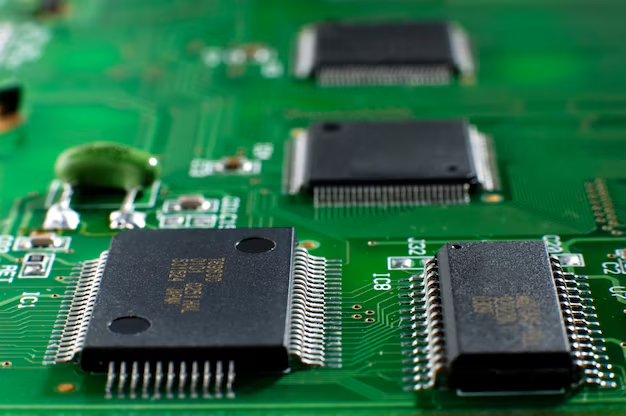Chip SMD: A Comprehensive Guide to Surface Mount Technology Components
In modern electronics, Chip SMD (Surface Mount Device) has become a crucial component in the design and development of compact and efficient devices. Whether you’re working in the field of consumer electronics, automotive systems, or industrial applications, SMD chips are at the heart of creating lightweight, high-performance, and reliable electronic products. This article will guide you through the essential aspects of Chip SMD, including its advantages, applications, and tips for successful integration into your projects.
What is a Chip SMD?
A Chip SMD refers to a surface-mount device that is designed to be mounted directly onto the surface of a printed circuit board (PCB). Unlike traditional through-hole components, which require leads to pass through holes in the PCB, SMD components are soldered directly onto the board’s surface. This results in smaller, more compact circuits that are easier and faster to assemble in mass production.
Types of Chip SMD Components
- Resistors: SMD resistors are smaller versions of their through-hole counterparts, providing resistance to limit current or divide voltage within a circuit. Their small size makes them ideal for high-density circuit boards.
- Capacitors: These components store electrical energy and release it when needed. SMD capacitors come in various materials, such as ceramic and tantalum, offering different levels of capacitance and voltage ratings.
- Inductors: Used in power supply and RF (radio frequency) circuits, SMD inductors help store energy in a magnetic field, filtering out noise or stabilizing current flow.
- Integrated Circuits (ICs): SMD ICs can range from simple logic gates to complex microcontrollers. These chips allow for the development of highly integrated and feature-rich devices in small form factors.
Advantages of Chip SMD Technology
- Compact Size: One of the most significant benefits of Chip SMD components is their size. They allow for more components to be placed on a single PCB, leading to smaller, more portable devices.
- High Speed and Efficiency: The compact nature of SMD components reduces the length of electrical paths, minimizing signal delay and improving circuit performance. This is especially critical in high-frequency applications.
- Automated Assembly: SMD technology is highly suited for automated assembly processes, improving the speed and accuracy of production. This makes it easier to scale up for mass production while maintaining consistent quality.
- Cost-Efficiency: The automation of the assembly process and the reduced use of raw materials contribute to cost savings in both component production and the final assembly of electronic products.
Common Applications of Chip SMD
- Consumer Electronics: Devices like smartphones, tablets, and wearables rely heavily on SMD components to achieve their sleek, compact designs. High-performance processors, memory chips, and passive components all utilize SMD technology.
- Automotive Industry: Modern vehicles use SMD chips in their advanced driver-assistance systems (ADAS), infotainment systems, and engine control units (ECUs). These chips enable faster data processing and communication within the vehicle.
- Telecommunications: SMD components play a crucial role in the development of communication equipment such as routers, mobile base stations, and 5G technology. Their small size and high reliability make them ideal for fast, high-frequency signal processing.
- Industrial Automation: SMD chips are widely used in sensors, actuators, and controllers that power industrial automation systems. Their durability and efficiency are critical in environments that require high uptime and precise control.
Tips for Working with Chip SMD
- PCB Design: Proper design of the PCB is essential when working with SMD components. Ensure that the pads and traces are correctly sized to accommodate the small dimensions of these chips.
- Soldering Techniques: Surface mount soldering requires precision. Using reflow soldering techniques with solder paste is highly recommended for consistent and reliable connections.
- Handling and Storage: Since SMD components are small and delicate, it’s essential to handle them with care. Store them in anti-static bags and use proper tools such as tweezers when placing them on the PCB.
- Testing and Inspection: After assembly, thorough testing is necessary to ensure that all components are correctly placed and soldered. Automated optical inspection (AOI) tools are commonly used to check for any defects.
Conclusion
Chip SMD components have revolutionized the electronics industry by enabling the creation of smaller, faster, and more efficient devices. Their wide range of applications, from consumer electronics to industrial systems, makes them indispensable in today’s technology-driven world. Whether you’re a hobbyist or a professional, understanding and integrating SMD components into your designs will open up a world of possibilities for innovation.






